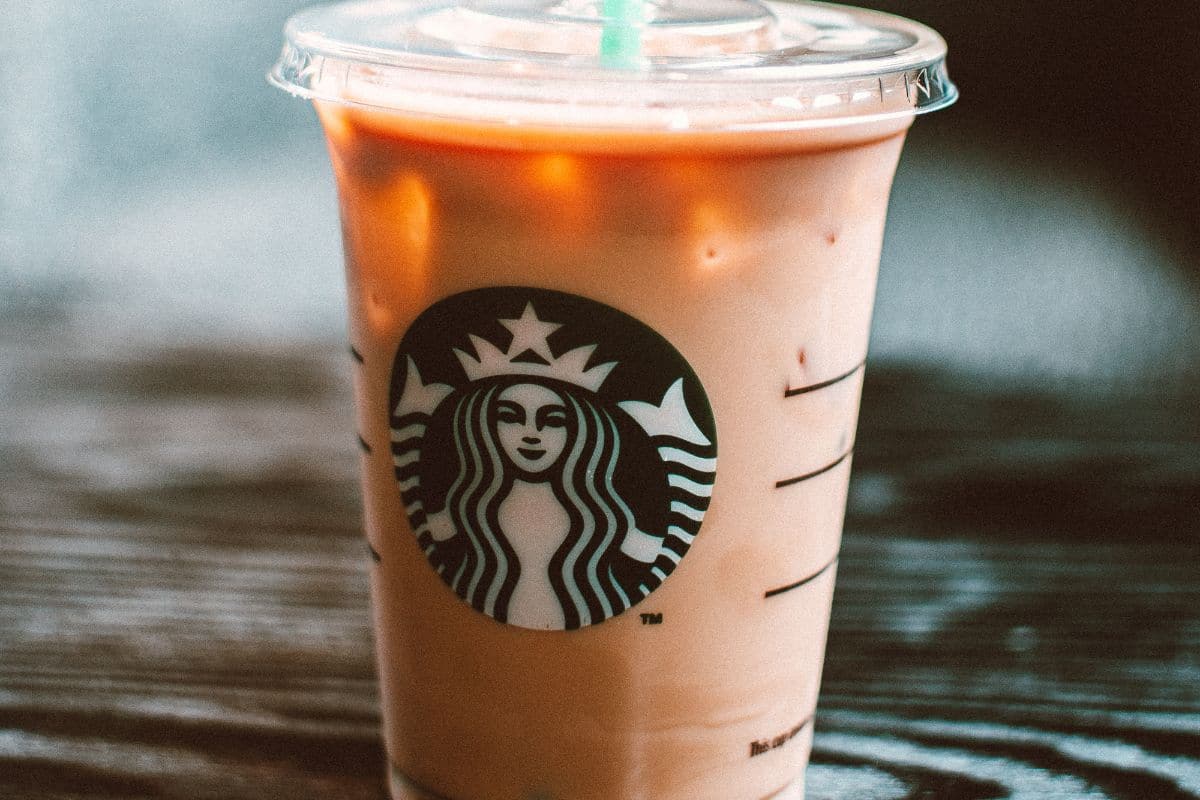Without your morning coffee, going through the day seems more challenging. Coffee gives you the wake-up call and jolt of energy you need to feel human again. Coffee is a commonly consumed beverage, it has become a staple in every household and office.
Many people think that there is not much behind the flavors of coffee or simply do not put much thought into it. Coffee has a complex flavor profile and special notes based on the type of the bean and roasting process.
When buying your favorite coffee, or browsing through different types of coffee, you have surely encountered the flavor description on the packaging. Some of the descriptions may seem weird to you; like blackberry and cocoa with a long finish. After knowing how to taste coffee like a pro, you will know these terms in no time.

Do Coffees Have Other Flavor Notes?
You might question if a cup of Joe has other flavors that are not just “coffee”. The answer is yes; it has other notes and flavors besides the coffee itself. There are hundreds of organic compounds found in varying concentrations in roasted beans.
The majority of these complex compounds are the building blocks to all kinds of different flavors in coffee. For instance, some coffee has fresh fruity notes and a notable crisp due to the presence of organic acids in them. The bitter compounds in the beverage give it complex flavors similar to red wine and dark chocolate. Some coffees taste naturally sweet like honey or toffee due to the caramelized sugars present in them.
According to World Coffee Research, there are about fourteen distinct flavors in the caffeinated drink. You don’t need to be a proper coffee aficionado to know the entire science behind why coffee has these flavors. For starters, you simply want to be aware that coffee has a wide range of versatile flavors that are similar to most agricultural products.
To have an optimum understanding of the different tastes of coffee, it is best to delve into various types of high-quality coffee. You can get them from local or online stores. Alternatively, you can also get subscriptions like Coffee World Tour by Atlas, where you can get a selection of high-end artisanal coffee paired with brewing recommendations and tasting notes. This will help you embark on a new journey of being a coffee connoisseur.
The Different Flavors of Coffee
Knowing some basic genres of flavors present in coffee come in handy for both beginners and experts. By simply putting your finger on what these flavors are; these different categories help you understand the flavors and define them. Besides the flavor genres, other features add more perspective to the palate of the coffee.
The four main flavor categories will help you pinpoint the notes and palate of the coffee. These are bitter, sweet, savory, and fruit.
Each flavor category balances each other out and in theory, makes the perfect cup of coffee.
Bitter Coffee Flavor
Bitter is not exactly the flavor coffee enthusiasts use to complement the flavors of the coffee. However, it is certain that coffee would not taste like coffee without bitter notes. Bitterness balances out other flavors of the beverage.
It also adds more depth or layers to the flavor profile. This is similar to the noteworthy bitter taste of chocolate, cacao nibs, and red wine. The bitterness completes the whole palate of the drink, like how some strawberries have a bitter aftertaste.
Sweet Coffee Flavor
The sweetness in coffee can be quite subtle and often goes undetected or unnoticed. The sweetness of coffee is not like the ones we usually taste when eating something sugary or straight from the confectionery.
It is mostly the caramel-like taste of honey and maple syrup due to the caramelization of the sugars present in the bean that occurred during roasting. This sweetness is often discerned as the “dark” or brown sweetness.
Savory Coffee Flavor
The savory flavor can often be described as the toasty or nutty flavor of coffee. It can also denote the earthy and spicy notes of the roasted bean. The spicy note does not mean the heat or spiciness you get from peppers and chilies. It is more like the warm and earthy notes of cinnamon.
The nuttiness and earthiness counteract the bitter and sweet notes, forming a nice balance amongst the different flavors. The roasted and balanced flavors make the whole drink delectable.
Fruity Coffee Flavor
Coffee comes from cherries that grow on a shrub, so they are bound to have fruity flavors. Similar to the sweet notes, fruit flavors are quite subtle and can go unnoticed.
The ripe and natural notes make up the fruity flavors of coffee. If you are sensing sour or tart flavors when drinking your cup of java, that is the fruit flavor you are experiencing.

Other Aspects That Complete the Flavor Profile of Coffee
There is more to coffee than just the way it tastes. For a completely exhilarating experience, besides the flavor categories, there are aroma, acidity, body, balance, clarity, and finish. These other qualities should also be taken into account when studying the intricate palate of your coffee.
It will take time to understand these attributes. Once you are more comfortable with the taste of coffee, you will be able to gradually grasp each note and feature of the coffee separately. Over time, you will get the hang of it.
Upon constant tasting and gaining experience every day, you can eventually identify the flavor profiles and differentiate them.
The Aroma of Coffee
Everyone is well acquainted with the distinct aroma of coffee. Such a scent quickly fills all of your senses and makes your mouth salivate. Upon smelling the remarkable aroma of the coffee, you look forward to gulping down the caffeinated concoction and taking on whatever life throws at you throughout the whole day.
The smell and taste signals combine in the brain and create the sensation of taste. In other words, by taking a good whiff and taking in the aroma of the coffee, you can expect what notes and flavor you will taste before even taking your first sip.
The scent of the coffee can be nutty, roast, fruity, savory, or even floral. Your nose is a wonderful tool in depicting the taste of the coffee without the help of your tongue.
The Acidity of Coffee
Acidity in coffee does not necessarily mean its pH level. It means how the brew tastes or how it is perceived by your palate. This quality is often termed as sharp, mellow, or tannic.
Did you ever experience your coffee being citrusy or having apple notes? Maybe it has some similarities with your favorite red wine or berry jam. Acidity plays a key role in all of these distinct flavors and notes.
The Texture and Body of Coffee
The viscosity and the texture of the coffee depend on the type of bean, roasting process, brewing method, and type of filter used.
The body and texture describe the viscosity and fluidity of this beloved beverage. They also determine the mouthfeel of the beverage. These characteristics are important in determining the quality of the coffee.
The Balance of Coffee
The numerous features, notes, and flavors need to be in harmony to make the coffee delicious. Balance describes whether each attribute is at the proper level and complements the other traits. By understanding balance, you can depict how each component is in concert with each other or how elevating one of them can improve the taste of the coffee.
The Clarity of Coffee
Clarity describes whether all the flavors of the coffee stand out or are muddled. This feature is quite difficult to evaluate since you cannot exactly pinpoint each level of the flavor. It can take a fair bit of practice and experience, but you absolutely can learn to define the clarity of your coffee. Having this skill is a valued trait amongst coffee connoisseurs.
The Finish of Coffee
After guzzling a great cup of coffee, you will notice that it has left behind a distinct aftertaste. The finish describes the quality and length of this aftertaste. In a perfect cup of joe, the flavor of the aftertaste is satisfying, and it really can linger on your tongue for a while.
How Do You Taste Coffee?
Taste-testing multiple cups of different coffee is named “cupping”. It begins the moment your coffee sample is doused under hot water. Let the grinds form a crust on the top after pouring. When you break this crust, you will encounter a scintillating release of coffee aroma.
Before taking your first sip, take in the smell. You can implement the “quick slurp” method by evenly spraying the coffee across your tongue. The pleasant flavor and lingering flavor establish the desirable finish of the coffee.
Final Words
Coffee is a beloved beverage with beautiful, complex flavors. By experimenting with different types of coffee and tasting them carefully, you will be able to identify its specific characteristics like a true coffee critic.





